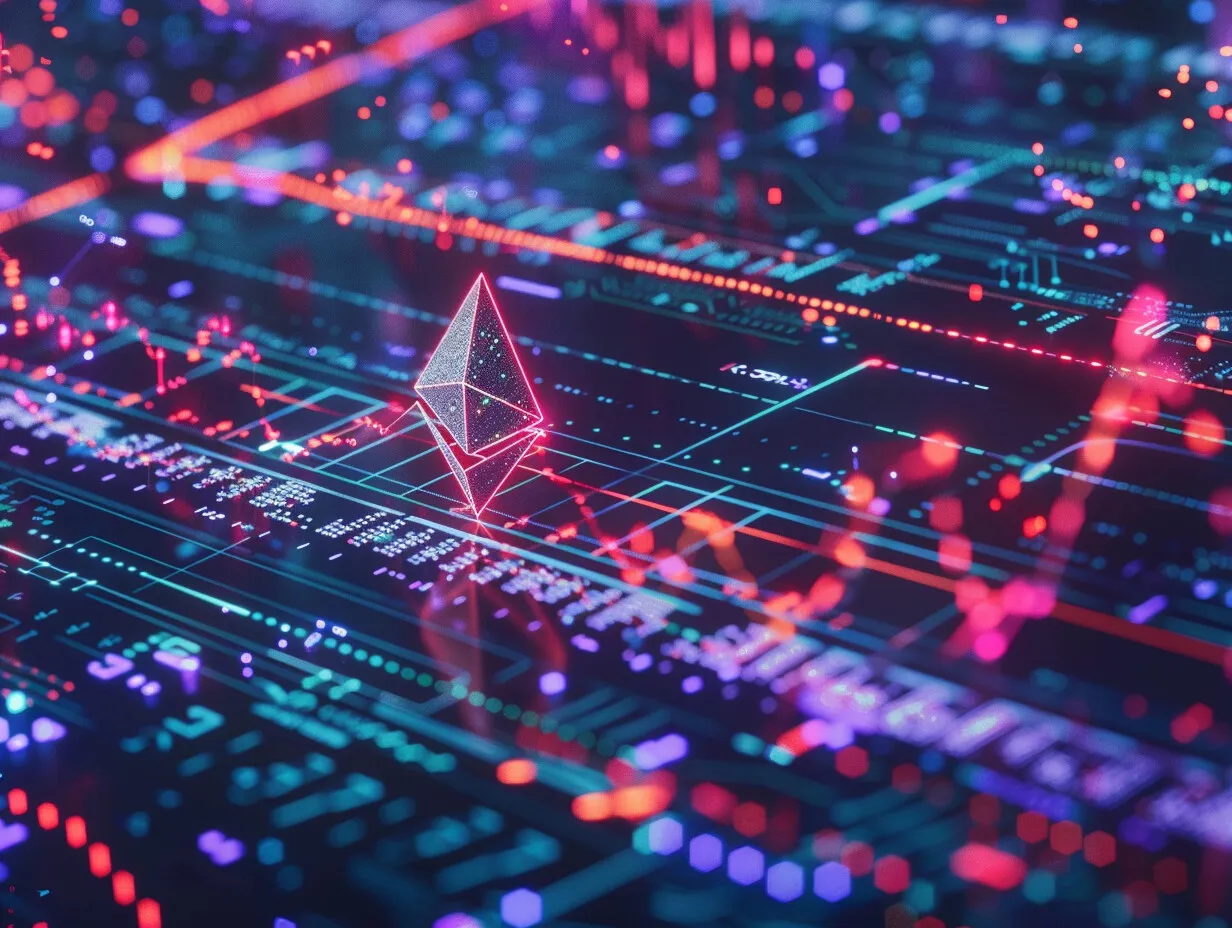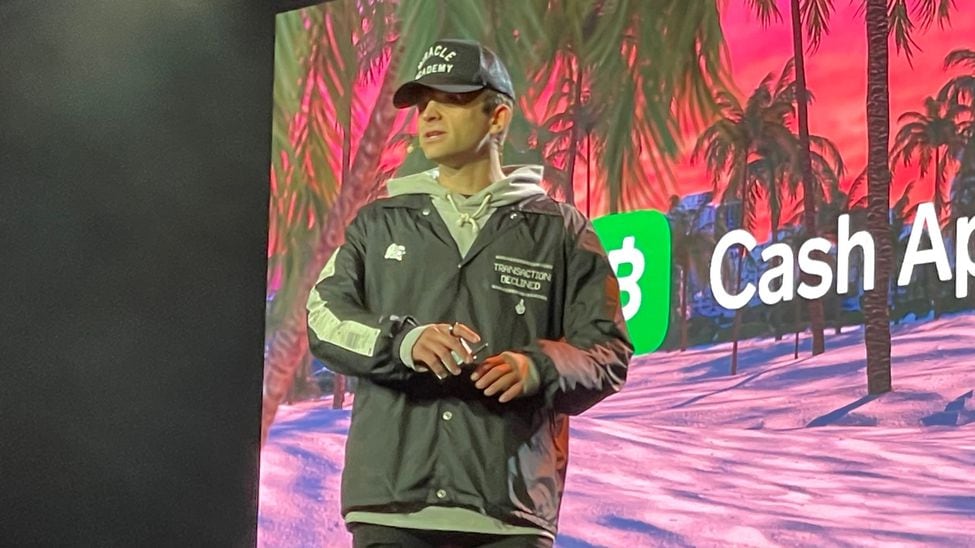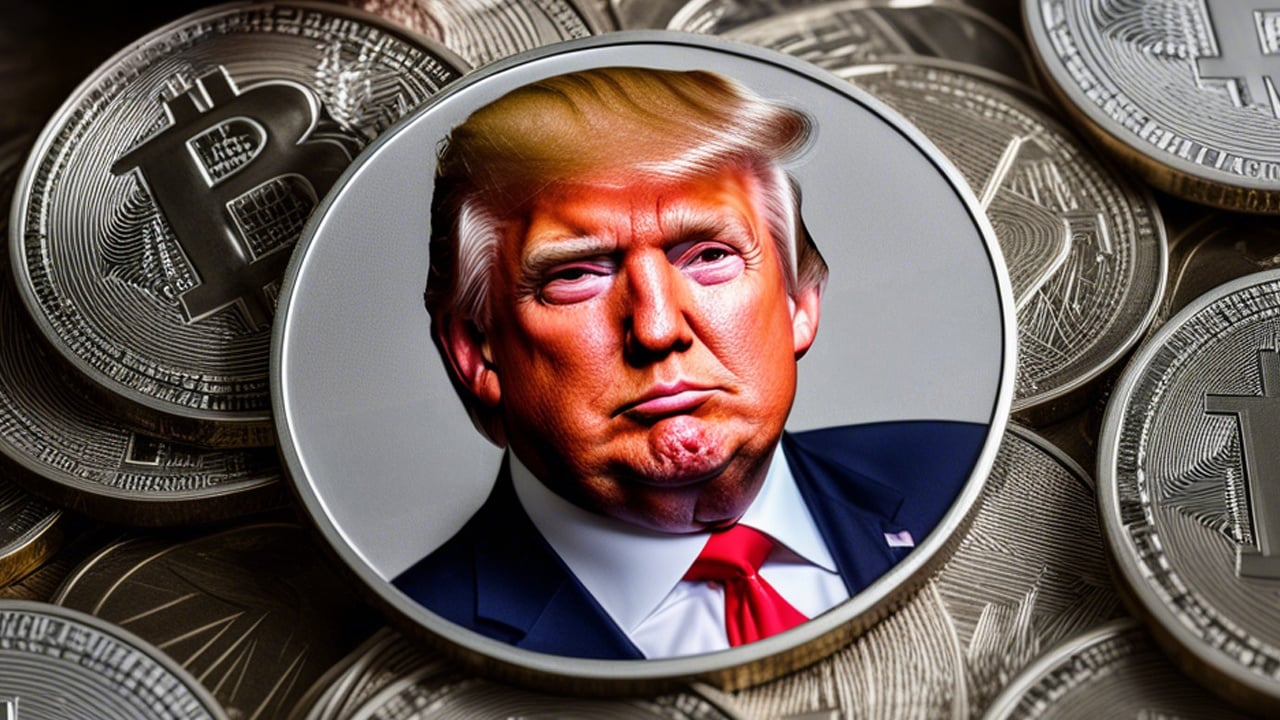A new protocol has been implemented on Ethereum that facilitates the making and trading of digital assets. The name “Ethscriptions” obviously alludes to a similar project by Ordinals called “Inscriptions,” which was deployed on the Bitcoin network.
Ethscriptions on the Ethereum network are one of the many fascinating innovations in blockchain technology. Ethscriptions takes its cue from Bitcoin’s inscriptions and wants to transform how we interact with digital services through a decentralized subscription model.
Ethscriptions, which take advantage of Ethereum’s dynamism and strength, have the potential to revolutionize the decentralized finance (DeFi) industry.
A Breakdown of Bitcoin and Ethereum Ordinals
Inscription entails providing a unique number to an object and attaching it to the Bitcoin blockchain via a Bitcoin transaction input. This means that each ordinal NFT is stored on-chain, providing immutable and visible proof of ownership. Each ordinal is related to the Bitcoin transaction created by inscribing data onto the blockchain.
Ordinals can create more significant digital artifacts than typical NFTs. Ordinals can be used to identify noteworthy events, historical items, and points in time.
Ordinals are an unusual form of Bitcoin blockchain-based digital assets. Ordinals can be thought of as a type of token that is time-stamped and uniquely recognized by a number. An ordinal is a unique identifier used to verify ownership of a digital asset and follow its movement throughout the blockchain.
Inscription entails providing a unique number to an object and attaching it to the Bitcoin blockchain via a Bitcoin transaction input. Each ordinal NFT is stored on-chain, providing immutable and visible proof of ownership. Each ordinal is related to the Bitcoin transaction created by inscribing data onto the blockchain.
Ordinals can create more significant digital artifacts than typical NFTs. Ordinals can be used to identify noteworthy events, historical items, and points in time. With each ordinal, a creator can capture a moment in time and preserve it for future generations.
Core to Ethscriptions is the capacity for service providers to design subscription tiers and link them to smart contracts on the Ethereum blockchain. These agreements do more than just set out the parameters of the subscription; they also facilitate payment and maintenance of subscriptions in an entirely automated fashion.
Launch of Ethereum Ethscriptions
A new protocol has been released, providing Ethereum users with yet another option for generating NFTs and other blockchain-based digital assets. The June 17 release of the protocol, called “Ethscriptions,” is a reference to the Bitcoin Ordinals system, in which assets are called “inscriptions.”
However, subscribers can easily interact with these smart contracts to subscribe to the services they need and transparently and safely manage their subscriptions.
Tom Lehman, a co-founder and former CEO of Genius.com, started the project on Saturday, immediately attracting much interest. In less than 18 hours, around 30,000 Ethscriptions were produced, according to Lehman, who tweeted that the launch was a “huge success.”
Ethscriptions allow for adding data to the main Ethereum blockchain, not just monetary transactions. Any user-selected file format could get inscribed, so long as its size is under 96 kilobytes. The feature’s creator, however, maintains that it only works with images so far.
Multiple failures because of the high demand
These markings use a smart contract’s “calldata,” or the data passed along with an Ethereum API request. Lehman argues that adopting the protocol instead of contract storage will reduce costs, and decentralization will grow.
In a move reminiscent of the release of Bitcoin Ordinals, the main chain’s ledger now includes non-monetary data such as photographs taken in NFT fashion. The Ethereum community, however, appears more open to and enthusiastic about this kind of innovation.
On Twitter, Tom wrote, “Sorry, everything is crashing! Just too many of them. It’s best to wait to use Ethscribe until the API is fixed if you see 0 out of 10,000 coins created. In other words, fixing it!”
Although the Ethereum network already has the necessary building blocks in place to support the development of NFTs and other digital assets, it remains to be seen if Ethscriptions will have the same level of success as Bitcoin Ordinals.
The total number of Ordinals engraved on Bitcoin went from zero to 10 million in under six months. The huge uptick in activity can be attributed in no little part to the fact that users loved the newfound freedom to create their own tokens on the Bitcoin network using the BRC-20 token standard.





